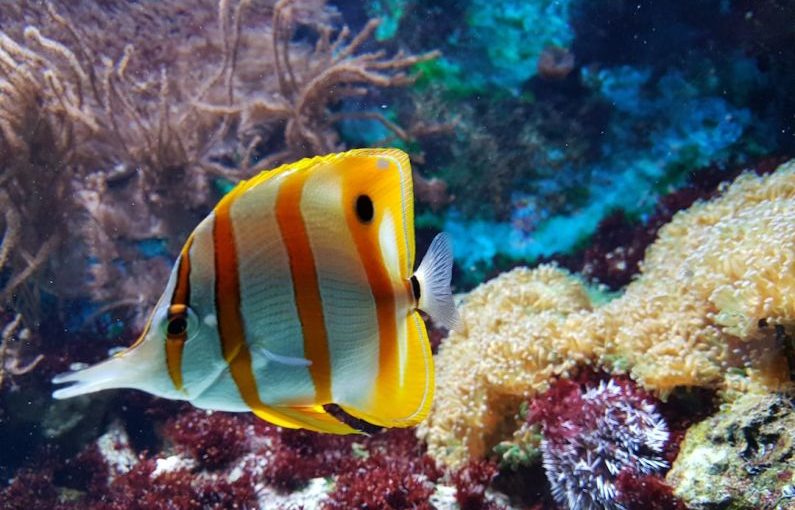Aquarium Filtration: Enhancing Water Quality for Healthy Fish
Maintaining a clean and healthy environment is essential for the well-being of fish in any aquarium. One of the key components in achieving this is proper filtration. Filtration plays a crucial role in removing waste and impurities from the water, ensuring a safe and stable habitat for your aquatic pets. In this article, we will explore the basics of aquarium filtration, including the different types of filtration systems and how to choose the right one for your tank.
Understanding the Importance of Filtration
Aquarium filtration is not just about keeping the water clear; it is about creating a balanced ecosystem that mimics the natural habitats of fish. In the wild, aquatic environments have natural processes that help to maintain water quality. In an aquarium setting, filtration systems replicate these processes to ensure that the water remains clean and free of harmful substances.
Types of Filtration Systems
There are three main types of filtration systems commonly used in aquariums: mechanical, biological, and chemical filtration. Each type serves a unique purpose in maintaining water quality.
Mechanical Filtration: This type of filtration removes solid waste and debris from the water. Mechanical filters usually consist of a sponge, filter floss, or filter pads that trap particles as the water passes through. Regular cleaning of mechanical filters is essential to prevent clogging and maintain optimal filtration efficiency.
Biological Filtration: Biological filtration is the process of breaking down harmful waste compounds such as ammonia and nitrites into less harmful nitrates. This is achieved by beneficial bacteria that colonize the filter media and other surfaces in the aquarium. Providing a surface area with good water flow for these bacteria to thrive is crucial for effective biological filtration.
Chemical Filtration: Chemical filtration involves the use of chemical media such as activated carbon or zeolite to remove impurities from the water. Activated carbon is particularly effective in removing odors, discoloration, and certain toxins. Chemical filtration is often used as an additional step to complement mechanical and biological filtration.
Choosing the Right Filtration System
When selecting a filtration system for your aquarium, consider the size of your tank, the type of fish you have, and your maintenance preferences. Larger tanks or tanks with a high bioload may require more powerful filtration systems to keep the water clean. Additionally, some fish species are more sensitive to water quality than others and may require specific filtration needs.
Aquarium Filtration Recommendations
For beginners, a hang-on-back (HOB) filter is a popular choice due to its simplicity and ease of maintenance. HOB filters are versatile and can be used for both mechanical and biological filtration. Canister filters are another option for larger tanks or tanks with a heavier bioload. These filters offer more filtration media options and provide superior water circulation.
Regular maintenance of your filtration system is essential for optimal performance. Clean or replace filter media as needed, and regularly check for any signs of clogging or malfunction. Monitoring water parameters such as ammonia, nitrites, and nitrates will also help ensure that your filtration system is effectively maintaining water quality.
In conclusion, aquarium filtration is a critical component of maintaining a healthy aquatic environment for your fish. By understanding the basics of filtration and choosing the right system for your tank, you can provide your fish with a clean and thriving habitat. Remember to prioritize water quality and proper filtration to promote the well-being of your aquatic pets.





